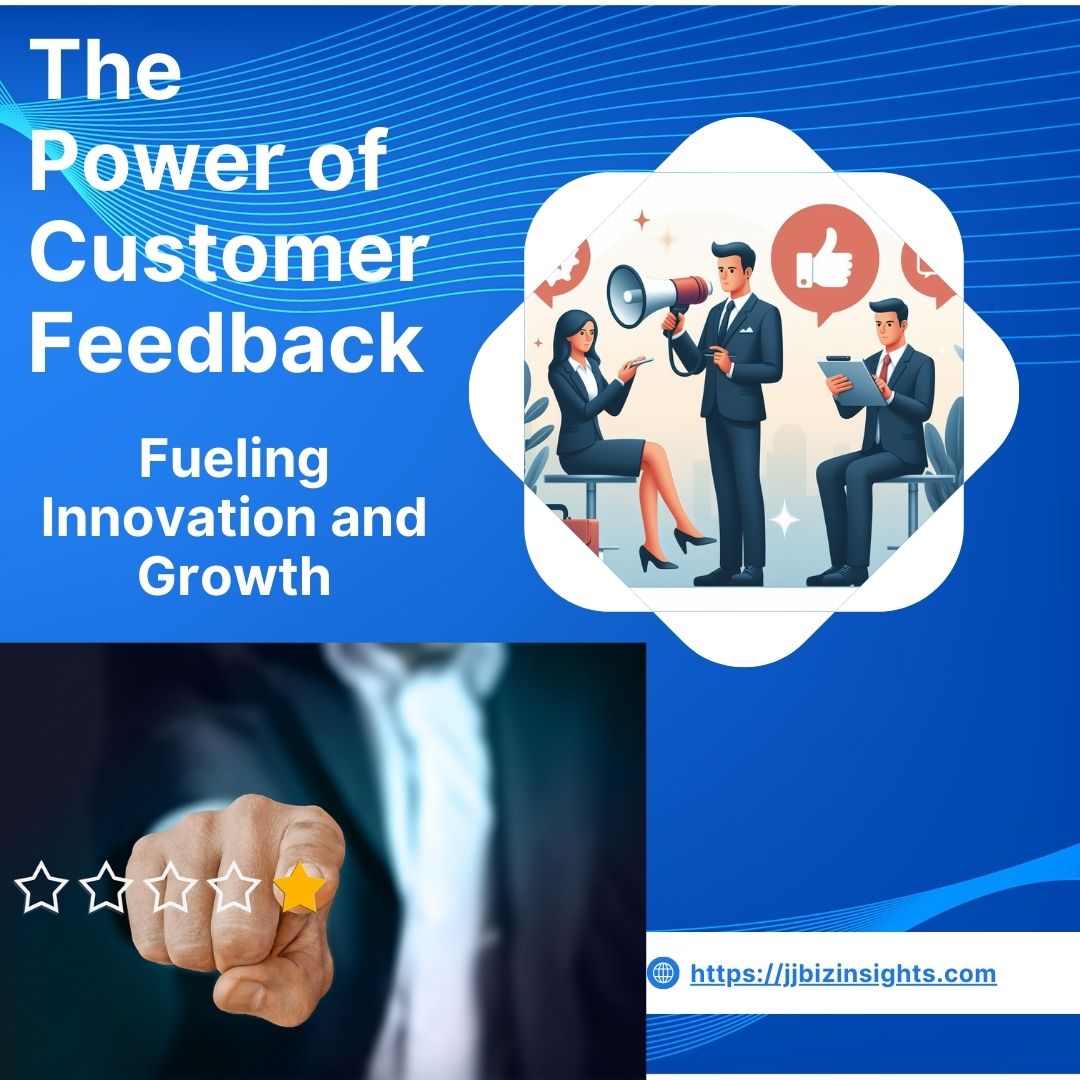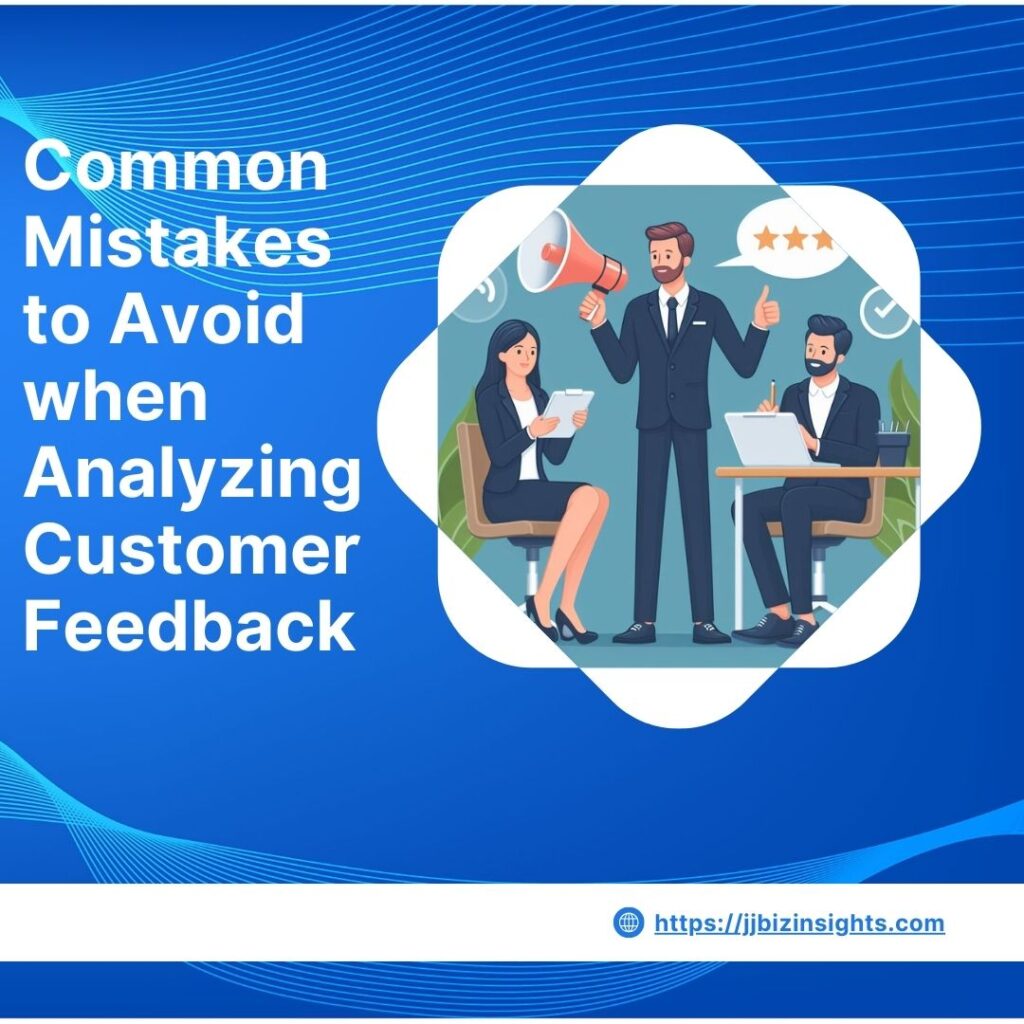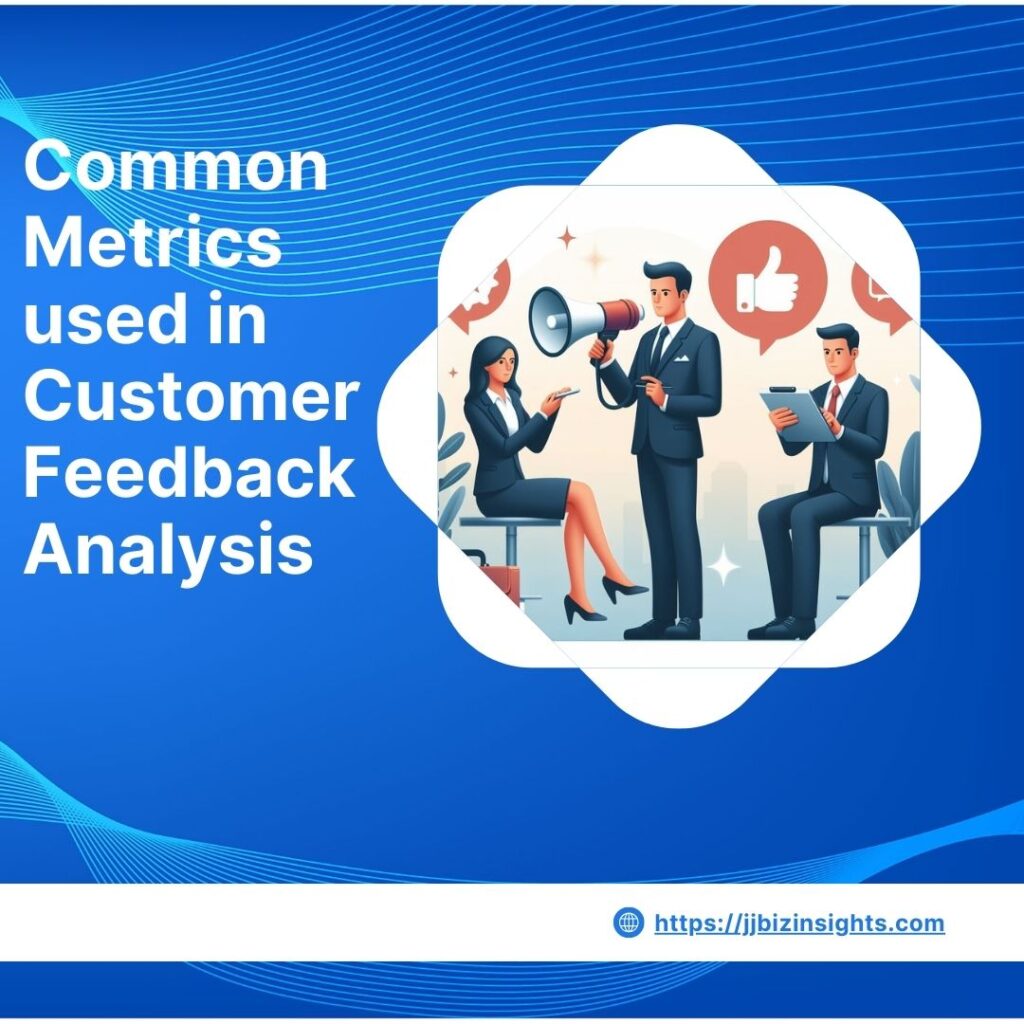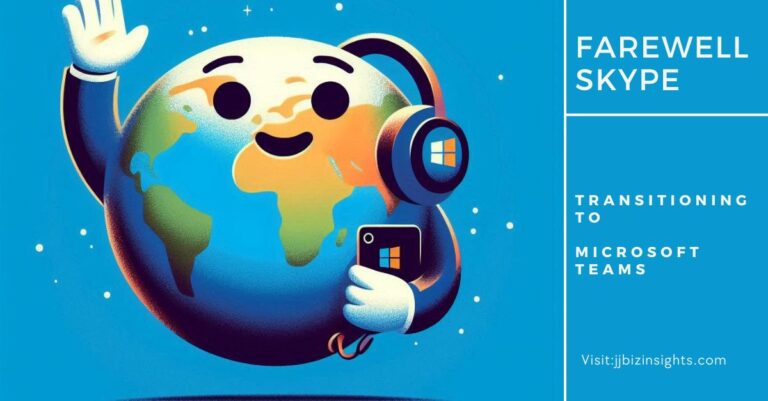
The Power of Customer Feedback
How Ignoring Customer Feedback Can Smother Innovation
In today’s dynamic business environment, the ability to adapt and evolve is no longer a luxury, but a necessity for survival. Customers are constantly changing their preferences, new technologies are emerging, and market trends are shifting at an unprecedented pace. Businesses that fail to keep up with these changes risk falling behind their competitors and ultimately, facing failure.
One of the most critical resources in this journey of adaptation is customer feedback. It acts as a powerful lens, providing businesses with invaluable insights into the ever-evolving landscape of customer needs, expectations, and desires. Ignoring this vital information can have dire consequences, leading to stagnation and ultimately, the demise of a brand.
In the fast-paced landscape of modern business, customer feedback is akin to a compass guiding organizations toward success. Here’s why it’s crucial:
1. Understanding Your Audience on a Deeper Level
Market research and buyer personas provide valuable insights, but nothing beats direct feedback from your customers. When they share their experiences, preferences, and expectations, you gain a deeper understanding of who they are and what they truly need. Armed with this knowledge, you can create tailored experiences that resonate with their unique requirements.
- Did You Know?
- 73% of consumers worldwide expect companies to understand their unique needs and expectations.
- Over half of consumers become repeat buyers after a personalized experience.
- Personalized experiences lead to 80% more spending by consumers.
2. Measuring Customer Satisfaction
Customer feedback serves as a litmus test for satisfaction. By actively seeking feedback, you gauge how well your products or services meet customer expectations. High satisfaction levels indicate that you’re on the right track, while low scores signal areas for improvement. Regular feedback allows you to fine-tune your offerings and enhance customer delight.
3. Demonstrating Value and Trust
When you actively collect and act upon customer feedback, you signal that their opinions matter. This commitment to listening fosters trust and loyalty. Customers appreciate businesses that value their input and take steps to address their concerns. Trust is the bedrock of long-term success.
4. Igniting Innovation
Customer feedback isn’t just about fixing existing issues; it’s a catalyst for innovation. Insights from feedback can spark new ideas, reveal unmet needs, and inspire novel solutions. Whether it’s refining existing features or creating entirely new products, customer input fuels your innovation engine.
5. Staying Agile and Adaptable
Ignoring feedback leads to rigidity. Businesses that resist change risk becoming obsolete. By actively seeking and acting upon feedback, you remain agile. You adapt to evolving trends, embrace emerging technologies, and stay ahead of the curve. Flexibility is your secret weapon against stagnation.
Conclusion: Power of Customer Feedback
Remember, customer feedback isn’t a mere checkbox—it’s a lifeline. Embrace it, learn from it, and let it propel your business toward growth, resilience, and lasting success. 🌟

Up to 50% off IPL and Epilation + Free Next Day Delivery + GWP
Some Common Methods to Analyze Customer Feedback

Analyzing customer feedback is crucial for understanding customer needs, improving products, and enhancing overall satisfaction. Here are some common methods and approaches:
- Text Analytics and Natural Language Processing (NLP):
- Sentiment Analysis: Use NLP algorithms to determine the sentiment (positive, negative, neutral) expressed in customer comments, reviews, or survey responses.
- Topic Modeling: Identify recurring themes or topics within the feedback.
- Surveys and Questionnaires:
- Conduct surveys via email, websites, or phone calls. Customize questions related to products, services, or customer experiences.
- Text Mining Tools:
- Utilize tools that extract valuable information from unstructured text data.
- Data Visualization:
- Create visual representations (charts, graphs) to highlight patterns and trends in feedback.
- Machine Learning:
- Train models to predict customer behavior based on historical feedback.
- Qualitative Coding:
- Manually categorize feedback into themes or codes.
- Benchmarking and Comparative Analysis:
- Compare your feedback metrics against industry benchmarks or competitors.
Remember that the choice of method depends on your specific goals and the nature of your data. 📊🔍
Common Mistakes to Avoid when Analyzing Customer Feedback

When analyzing customer feedback, it’s essential to avoid common pitfalls that can hinder the effectiveness of your insights. Let’s explore some of these mistakes and how to steer clear of them:
- Asking the Wrong Questions:
- Avoid asking generic questions like “Why did you give us this score?” in Net Promoter Score (NPS) surveys. Instead, ask all customers: “What can we improve?” This yields actionable suggestions for enhancing satisfaction and retaining promoters.
- Rating Specific Attributes in Isolation:
- Don’t limit feedback to specific attributes (e.g., “Rate our meat department”). Look beyond individual components and assess overall customer experiences. Understand what truly matters to your customers across the entire business.
- Being Too Vague:
- Replace open-ended questions like “Any comments?” with specific prompts. For improvement suggestions, ask directly: “What can we improve?” or “What should we do differently?”.
- Impersonal Communication:
- Personalize your feedback requests, especially in B2B surveys. Address recipients by their first name and reference their recent interactions with your company. Show that their input matters.
- Lengthy and Complicated Surveys:
- Keep surveys concise (2-3 minutes). If customers want to provide detailed feedback, offer alternative ways to contact you.
- Undervaluing Feedback:
- Express appreciation for respondents’ input. Let them know how much their feedback matters and share any actions taken based on previous feedback.
- Focusing Solely on Detractors:
- While detractors are crucial, don’t overlook passives and promoters. Valuable insights can emerge from their free-text responses as well.
Remember, effective analysis of customer feedback drives meaningful improvements and fuels business growth. 🌟
Common Metrics used in Customer Feedback Analysis

When it comes to analyzing customer feedback, several metrics provide valuable insights into customer satisfaction, loyalty, and overall experience. Let’s explore some of the most commonly used ones:
- Net Promoter Score (NPS):
- NPS measures customer loyalty by asking how likely customers are to recommend your brand to others. Responses classify customers into three groups:
- Detractors: Those who rate between 0-6 (not loyal).
- Promoters: Those who rate 9 or 10 (most loyal).
- NPS helps gauge overall brand health and loyalty.
- NPS measures customer loyalty by asking how likely customers are to recommend your brand to others. Responses classify customers into three groups:
- Customer Satisfaction Score (CSAT):
- CSAT surveys assess transactional customer experiences. They focus on specific touchpoints (e.g., interactions with customer service).
- Analyzing CSAT feedback reveals what customers like or dislike about specific interactions.
- Customer Effort Score (CES):
- CES measures the effort customers need to achieve their goals (e.g., resolving an issue).
- Lower effort scores indicate a smoother experience and higher satisfaction.
- Churn Rate:
- Churn rate tracks the percentage of customers who stop using your product or service over a specific period.
- High churn rates signal dissatisfaction or unmet needs.
- Customer Lifetime Value (CLV):
- CLV predicts the total value a customer brings to your business over their entire relationship with you.
- Analyzing CLV helps prioritize efforts to retain valuable customers.
Remember, the choice of metric depends on your specific goals and the context of your business. Collecting and analyzing feedback using these metrics empowers you to enhance customer experiences and drive growth! 🌟




